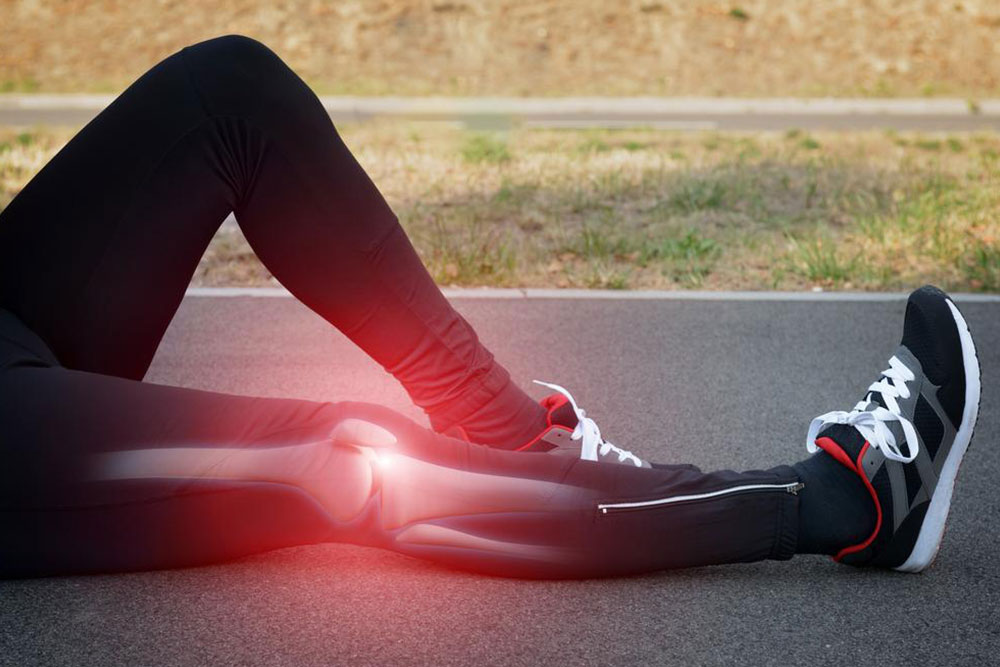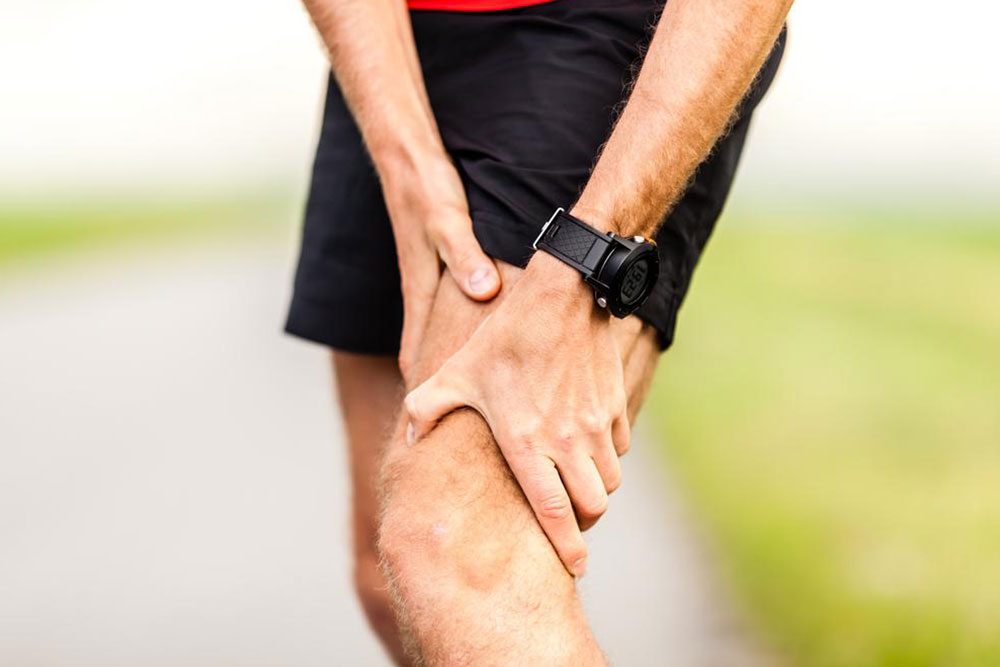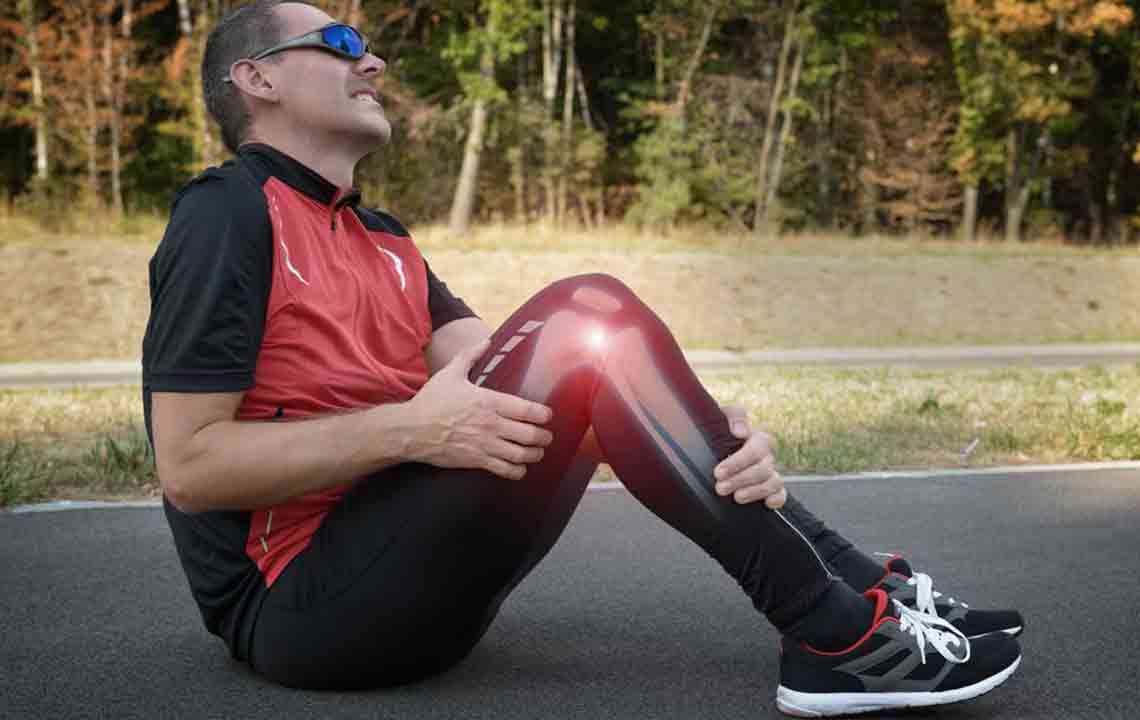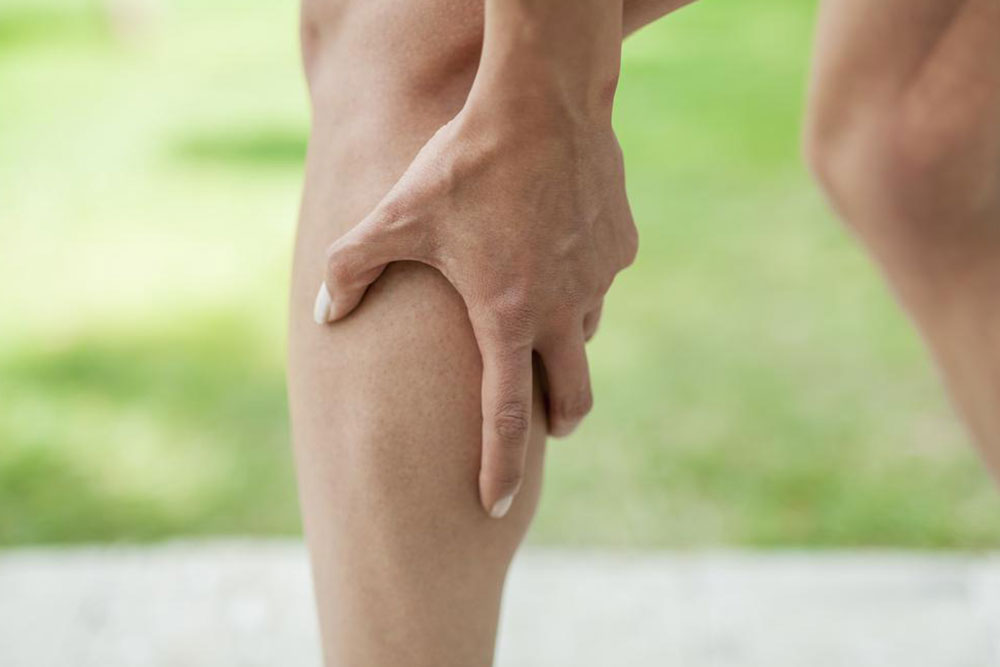Comprehensive Insights into Leg Discomfort: Causes, Symptoms, and Effective Remedies
Leg discomfort can stem from various causes, including vascular issues, musculoskeletal injuries, and nerve problems. This comprehensive guide covers the symptoms, common causes, and practical remedies to help individuals manage leg pain effectively. Early diagnosis and lifestyle adjustments can significantly improve quality of life. Consult healthcare providers when symptoms persist or worsen to ensure proper treatment and avoid complications.

Comprehensive Insights into Leg Discomfort: Causes, Symptoms, and Effective Remedies
In-Depth Guide to Understanding and Managing Leg Discomfort
Leg discomfort, whether occasional or persistent, can significantly impact daily life and overall wellbeing. This condition can develop gradually over time or appear suddenly, affecting different regions of the leg such as the thigh, calf, ankle, knee, or shin. The sensations experienced can range from dull, aching pain to sharp stabbing sensations, tingling, numbness, or burning feelings. While many episodes of leg pain are mild and temporary, severe and persistent discomfort can interfere with mobility, standing, and walking, leading to frustration and decreased quality of life. Properly understanding the underlying mechanisms, causes, and available remedies is essential for effective treatment and relief.
Understanding the Underlying Causes of Leg Discomfort
Leg discomfort can differ from person to person, often resulting from overuse, injury, or degenerative conditions affecting muscles, bones, joints, or soft tissues.
Problems in the lumbar spine, such as herniated disks or spinal stenosis, can radiate pain down the legs due to nerve compression.
Vascular issues, including poor circulation, blood clots (deep vein thrombosis), varicose veins, and arterial blockages, are common causes of aching and swelling in the legs.
Additional causes encompass Achilles tendinitis, fractures, chronic exertional compartment syndrome, gout, hamstring injuries, herniated disks, muscle cramps, osteoarthritis, psoriatic and reactive arthritis, sciatica, and septic arthritis.
Different Types of Leg Discomfort and Their Symptoms
Accurately diagnosing leg pain is crucial because similar symptoms can have various underlying causes. Recognizing specific signs can help healthcare professionals identify the root problem more efficiently. Some prevalent types include:
Peripheral Arterial Disease (PAD): Characterized by reduced blood flow in arteries, causing pain during walking or exertion, often referred to as claudication. This pain typically affects the calves, thighs, buttocks, and feet, and subsides with rest.
Sprains and Strains: Result from injuries during physical activity, leading to localized pain, swelling, and sometimes bruising. While usually treatable at home, severe cases need medical attention.
Deep Vein Thrombosis (DVT): A serious condition involving blood clots forming deep within veins. Symptoms include swelling, warmth, redness, and intense pain. Immediate medical intervention is vital.
Shin Splints: Develop from overuse or repetitive impact activities, causing tenderness along the shin bones and lower leg pain, common among runners and athletes.
Spinal Stenosis: Narrowing of the spinal canal compresses nerves, leading to gradually worsening leg pain, numbness, and weakness, often worsening with activity and improving with rest.
Is Home Management Possible for Leg Discomfort?
Many mild leg discomfort cases respond positively to simple home remedies, reducing the need for invasive interventions.
Persistent, severe, or worsening symptoms, especially those indicative of blood clots or nerve compression, require evaluation and treatment from healthcare professionals.
Always consult a healthcare provider to obtain an accurate diagnosis before initiating any treatment plan, particularly if symptoms are severe or sudden.
Effective Home Remedies and Lifestyle Adjustments for Leg Discomfort
Depending on the underlying cause, various home-based strategies can alleviate discomfort and improve leg health:
Engage in gentle, low-impact stretching, such as calf raises, hamstring stretches, and ankle rotations to promote circulation and flexibility.
Maintain a balanced diet rich in anti-inflammatory foods like fruits, vegetables, whole grains, and omega-3 fatty acids to reduce inflammation and support tissue repair.
Ensure adequate hydration to prevent muscle cramps and promote overall circulation.
Consider nutritional supplements if deficiencies (like magnesium or vitamin D) are identified, in consultation with a healthcare professional.
Use over-the-counter NSAIDs (Non-Steroidal Anti-Inflammatory Drugs) such as ibuprofen or naproxen for short-term relief of acute pain, following dosage recommendations.
Elevate your legs periodically to reduce swelling and improve blood flow, especially if experiencing edema or varicose veins.
Avoid prolonged periods of immobility; incorporate light activity into daily routines to keep blood circulating effectively.
In conclusion, recognizing the symptoms and understanding the potential causes of leg discomfort can significantly aid in managing and treating the condition effectively. While many issues can be addressed through simple home remedies and lifestyle modifications, consult healthcare professionals for persistent, severe, or concerning symptoms to ensure proper diagnosis and targeted treatment.





